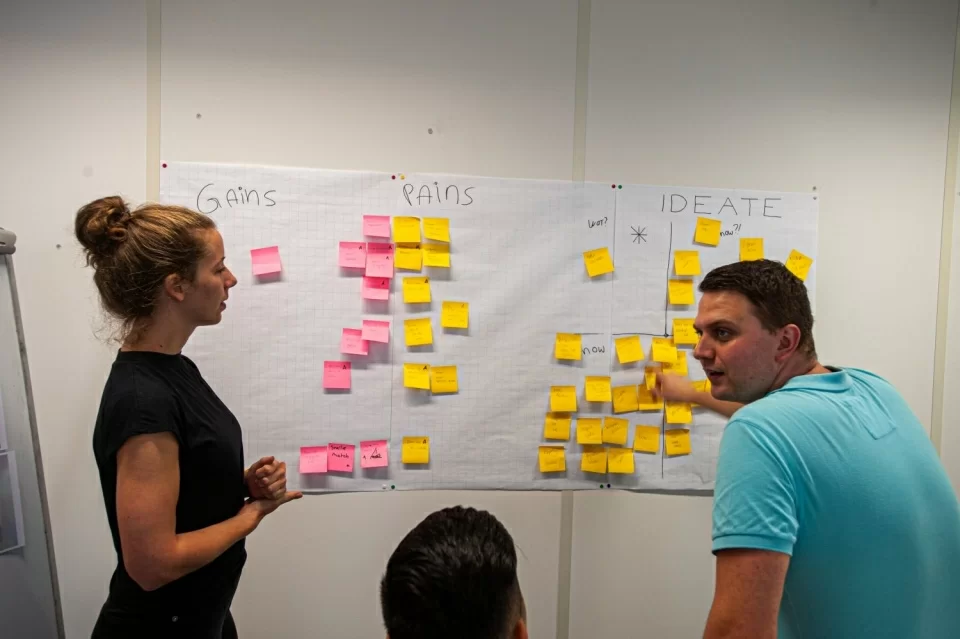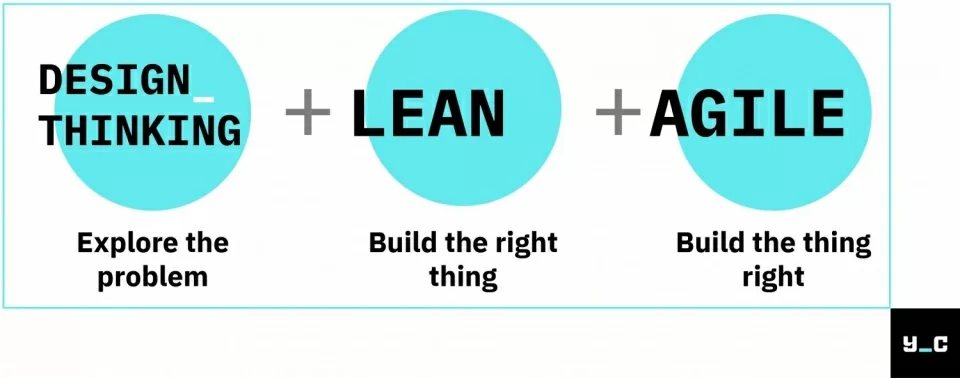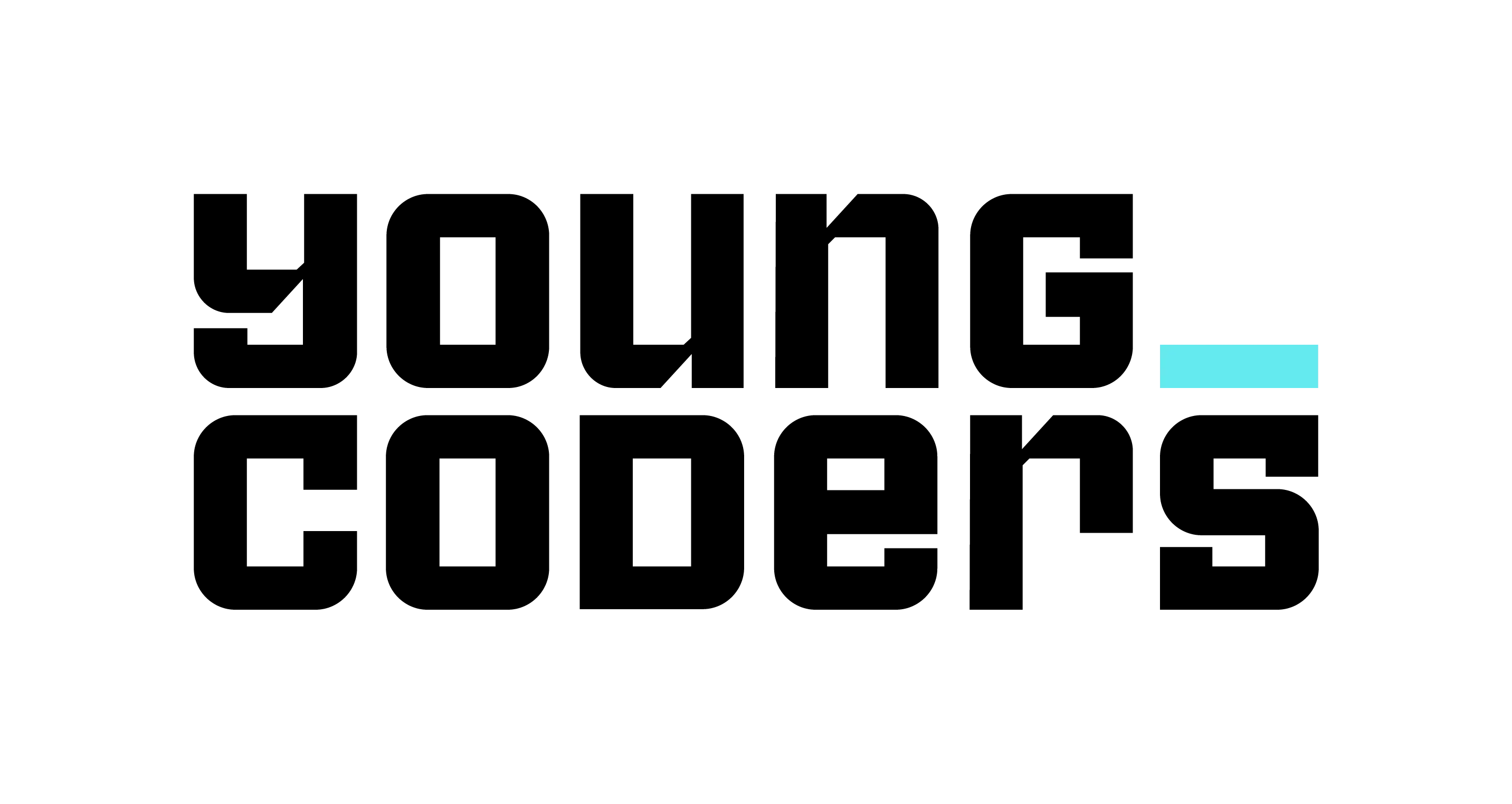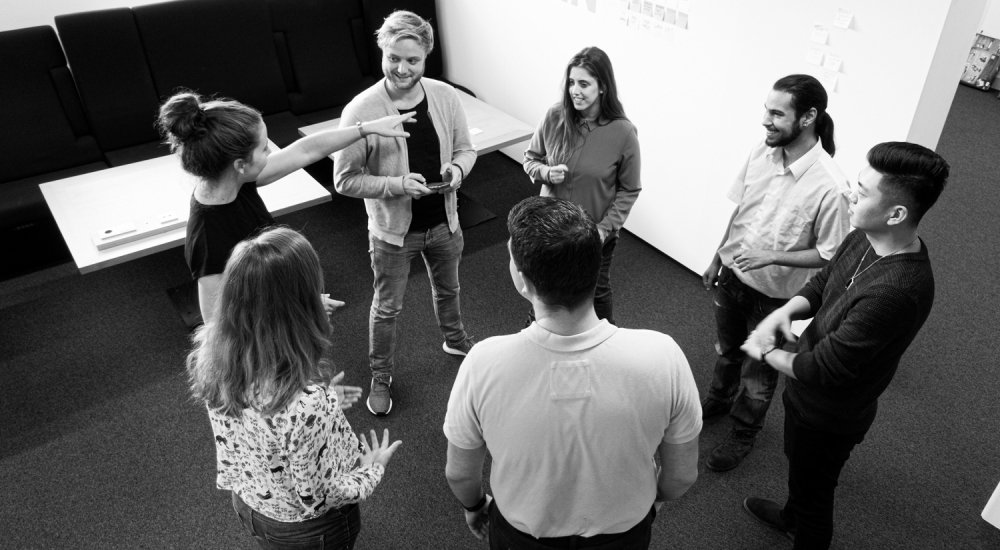Your target audience is diverse. But what about your development team?
Every new product or service you develop today includes a technology component. Consider, for example, a website, an app or a portal. It should be developed with your target audience in mind. But who is this target audience anyway?
Your target audience is not a homogeneous mass: it consists of a diverse audience. Men and women of different ages, with different cultural backgrounds and different levels of education. Yet you often see traditional development teams made up of “typical” IT people. Research shows that 76% of tech jobs are currently held by men. Of these, a whopping 95% are white.
How can you expect them to understand this diverse target group with all their needs and desires and deliver an innovative product that fits? The answer to that question is as simple as it is disconcerting: not!
Such development teams are perfect for developing the complex functionalities underlying the application, but not for designing the product. For that, varied teams are much more appropriate. These are teams that look at your customers’ demands from different backgrounds and education and develop a product that seamlessly fits them.
You can read how diverse those backgrounds can be in our success stories. From psychologists and supermarket managers to lawyers and musicians, anyone can learn to code.
INNOVATION STARTS WITH TEAMWORK
To truly innovate, you need a strong team. People working together toward a common goal. In itself nothing special, you might say, but it is not as obvious as it seems. After all, a group of people is not automatically a team. The people on your team must fit together. Not only in terms of skills, but also in terms of personality.
What makes a team successful?
Good teamwork is characterized by the fact that the result is more than the sum of the individual performances. Unfortunately, that “magic” spark doesn’t just happen. To truly achieve the very best results, a team must consist of different competencies that need and reinforce each other. And who are truly committed to each other. In general, six “success factors” for teams are identified:
- Clear objectives (knowing why the team exists);
- Joint responsibility (feeling that you are in it together);
- Open communication (informing each other without filters when necessary);
- Mutual respect (trust and value each other);
- adapt flexibly (respond to new opportunities and approach threats creatively);
- Showing initiative (also coming up with unsolicited suggestions and thinking along).
And while we agree with this, we think two important factors are missing.
After all, your team must also be willing to continuously learn new things. Technology continues to develop at a lightning pace. Every day we discover new possibilities and better techniques. If your team does not keep its knowledge up to date, then you will definitely lose the race in digital transformation. Companies that are truly digital driven then take the lead. The question is whether you can catch up. Lifelong learning is more important than ever. Can’t your team do this? Then it is bound to miss out. With all the consequences this entails.
You can guess the second missing success factor after reading the above: we think a diverse team with different backgrounds can contribute to your success. They provide the bridge between your team and your target audience.
The team of the future
But if you place a junior as a new hire in an existing team, in no time your new employee will be doing exactly what is common in the existing team. Say “bye” to the benefit that someone with a fresh perspective can offer you. After all, an existing team has “old” frames of reference and these get in the way of innovation or new insights. Your team must be complementary. So you need a mix of different types of employees.
Compare it to team sports: to build a winning team, you don’t need only attackers or only defenders. You need both to score. Indeed, you also need midfielders, playmakers and creatives.

The four H’s
For your innovative team, it’s no different. Only we call the different types slightly different. We call them the 4Hs. We briefly explain each type:
The Hipster
The Hipster knows what’s cool. Better yet: He knows what’s going to be cool in the future. The Hipster has a large social network with peers and has a nose for the best and the brightest. Often you will find the Hipster as a creative mastermind in developing or shaping the most innovative products.
The Hacker
The Hacker is the backbone of your product. The Hacker spends hours glued to the screen trying to get that one line of code, that one specific function absolutely perfect. For social talk, you usually shouldn’t be with the Hacker, because even at the coffee machine, the Hacker only talks about work in code. However, if you want to make sure your product works, you can’t do without a Hacker.
The Hustler
If the Hacker is the backbone of your product, the Hustler is the glue. As a natural networker, Hustler not only guards the outlined goal, but also ensures that all noses are constantly pointing in the same direction. This is, of course, an indispensable character trait within the team, but also has its advantages in working with other departments within your organization.
The Hero
The Hero wants to prove himself, to make the world a better place by being the best himself. Thanks to that feature, the Hero challenges the entire team to be better, to make a better product. And in doing so, the Hero takes the team -and therefore your product or service- to the next level. Simply because a Hero does not know how to settle for less.
The right guidance and methods
In our opinion, the ideal team consists of at least a Hacker, a Hustler, a Hipster and a Hero. The latter is often a true senior, a tech lead, who helps the team develop the right innovative products. If your product is very complex it may even be advisable to add a coach to the team as well. By the way, the Hero, or tech lead, needs to more experienced to be able to properly guide and motivate the outspoken characters on your team. In addition, he must have the right mindset, knowledge and methodologies, such as ‘Design Thinking’, ‘Lean Startup’ and ‘Agile’. Although they can be applied separately from each other, a combination works better to really innovate. Practice shows that a cycle of listening, experimenting, learning, improving, innovating and listening again et cetera really brings the organization into a ‘value flow’. In this way of working, it is important to put together teams with the right soft skills and hard skills.

How we build and prepare our teams to innovate? Read more about our approach.
ESTABLISH AN INNOVATIVE TEAM YOURSELF?
Are you missing the connection with your target audience or do you want to avoid being left behind by your competitors soon? Are you ready for the next big step in digitizing your products? We help your organization break through to the “new wave” of tech-savvy professionals of the future! Please feel free to contact us. We are happy to discuss how we can help you.


